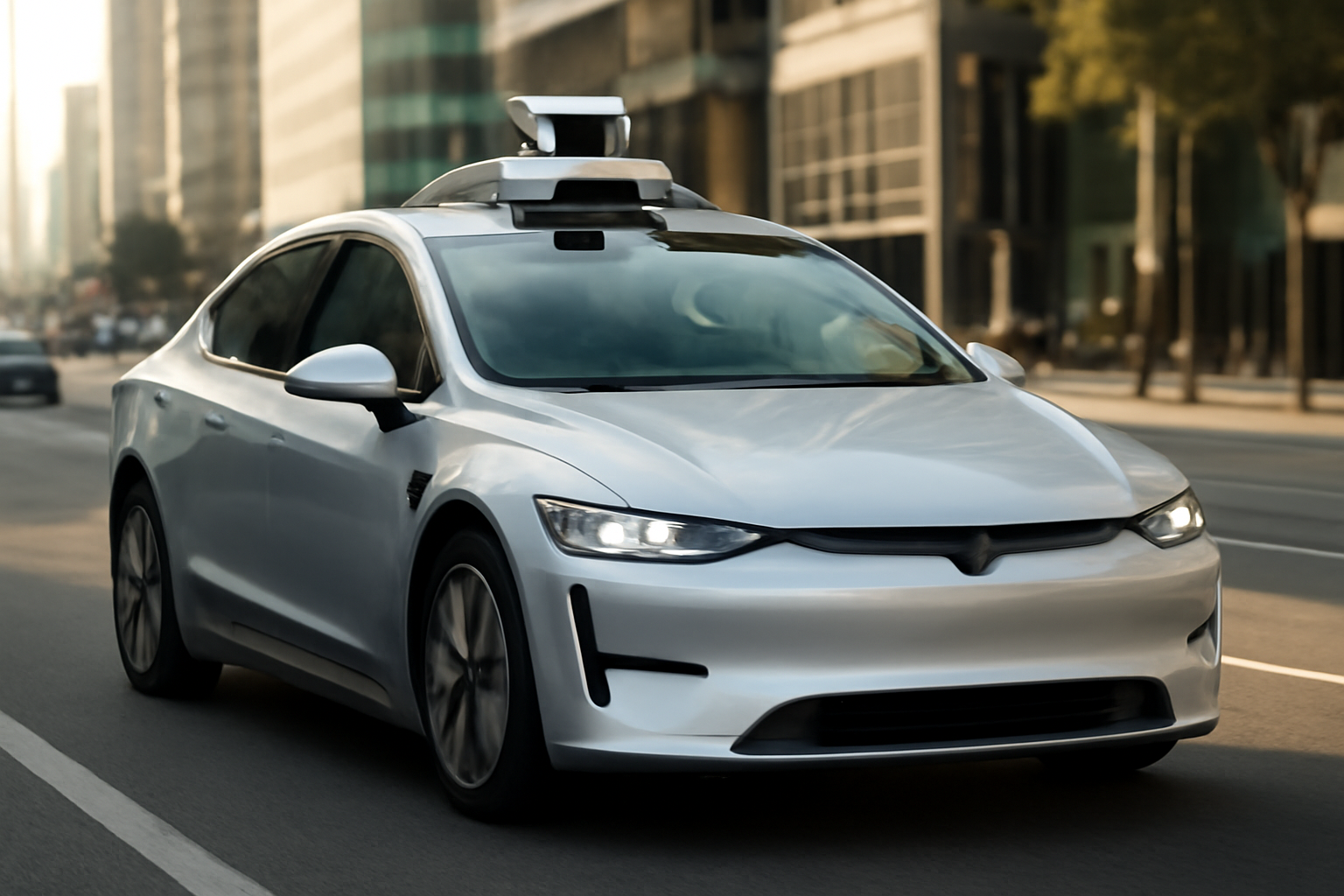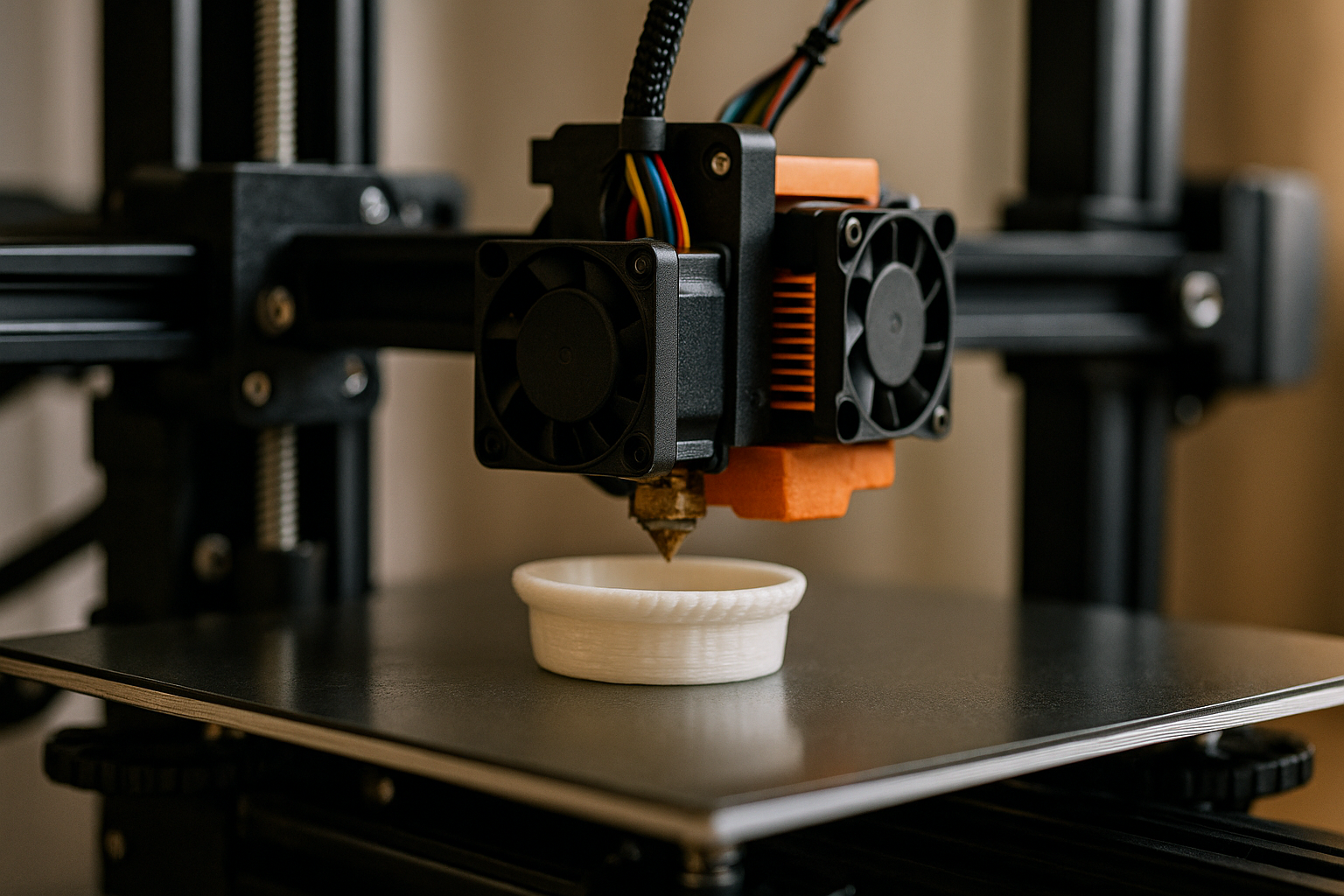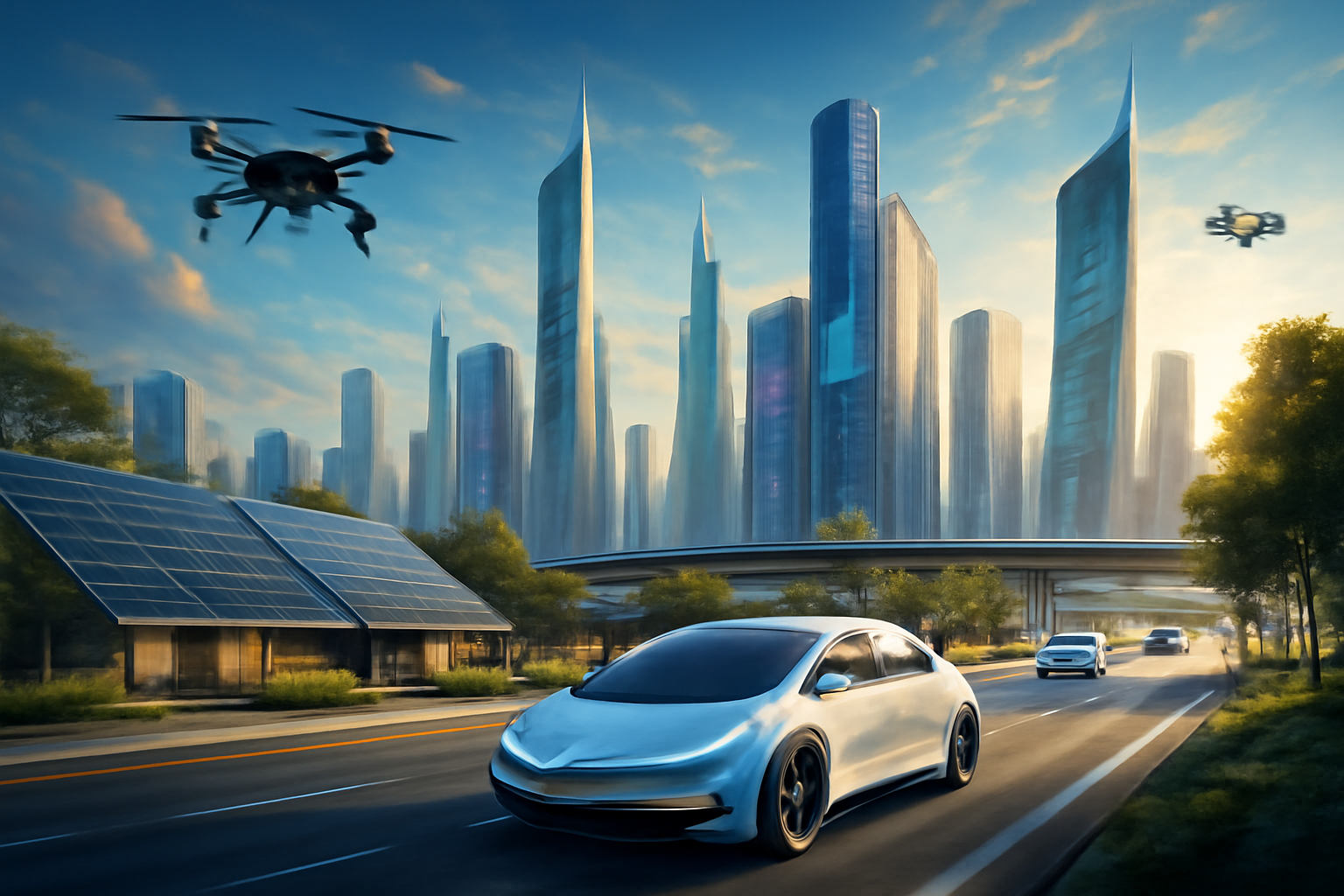The future of transportation is here, and it’s autonomous. Self-driving cars, once a concept in science fiction, are quickly becoming a reality, revolutionizing the way we think about mobility. With the promise of safer roads, reduced traffic congestion, and increased convenience, autonomous vehicles (AVs) have captured the imagination of both tech enthusiasts and everyday commuters alike.
But how exactly do these cars work? What makes them capable of navigating our streets without human intervention? In this article, we will break down the technology behind autonomous cars, explain how they function, and explore the implications they hold for the future of transportation.
1. What Are Autonomous Cars?
Definition and Levels of Autonomy
An autonomous car, also known as a self-driving car, is a vehicle capable of traveling without human input. Using a combination of sensors, cameras, machine learning, and advanced algorithms, autonomous cars are designed to detect their environment, make decisions, and navigate roads safely without the need for a driver.
Autonomous vehicles are typically classified into levels, from Level 0 (no automation) to Level 5 (full automation), based on the degree of human intervention required. The levels are defined by the Society of Automotive Engineers (SAE) and include the following:
- Level 0: No automation. The human driver controls everything.
- Level 1: Driver assistance (e.g., adaptive cruise control or lane-keeping assistance).
- Level 2: Partial automation, where the car can control steering and acceleration, but the driver must remain engaged.
- Level 3: Conditional automation, where the car can handle most driving tasks, but the driver must be ready to take over if necessary.
- Level 4: High automation, where the car can drive itself in specific conditions or geographic areas, without human intervention.
- Level 5: Full automation, where the car can drive anywhere without human input.
Currently, most autonomous cars on the road are in Level 2 or Level 3, but companies like Tesla, Waymo, and others are actively working on developing Level 4 and Level 5 vehicles.
2. How Autonomous Cars Work: Key Technologies
2.1 Sensors: The Eyes and Ears of the Car
At the heart of an autonomous vehicle’s ability to drive itself are the sensors that allow it to perceive its environment. These sensors gather real-time data, which is then processed by the vehicle’s onboard computer to make driving decisions.
There are several types of sensors used in autonomous cars:
- LIDAR (Light Detection and Ranging): LIDAR is one of the most important sensors for self-driving cars. It uses laser beams to measure distances and create a detailed 3D map of the environment. LIDAR allows the car to detect objects, pedestrians, other vehicles, and obstacles at a very high level of accuracy, even in low light or adverse weather conditions.
- Cameras: Cameras are used for a variety of tasks, such as recognizing road signs, traffic lights, pedestrians, and other vehicles. They provide a visual representation of the car’s surroundings, which helps the car make decisions about lane changes, parking, and obstacle avoidance.
- Radar: Radar uses radio waves to detect objects and measure their speed and distance. It is particularly useful in adverse weather conditions, such as rain, fog, or snow, where LIDAR and cameras may be less effective. Radar helps autonomous cars detect vehicles or objects at a distance and is essential for functions like adaptive cruise control.
- Ultrasonic Sensors: These sensors are typically used for detecting nearby objects, especially in low-speed situations like parking. They emit sound waves and measure how long it takes for the sound to return, helping the car detect objects close to it, such as curbs or other vehicles.
Together, these sensors create a comprehensive picture of the vehicle’s environment, providing the necessary data for navigation and decision-making.
2.2 Artificial Intelligence and Machine Learning: The Brain of the Car
While sensors provide data about the car’s surroundings, Artificial Intelligence (AI) and Machine Learning (ML) serve as the brains behind autonomous driving. These technologies process and interpret the vast amounts of data collected by sensors, enabling the vehicle to make decisions in real-time.
- AI Algorithms: AI algorithms are responsible for interpreting the sensor data and making decisions based on it. For example, when the car’s sensors detect a red light, the AI algorithm must decide whether to stop or proceed based on the context—such as whether other vehicles are present or whether the light is malfunctioning.
- Machine Learning: Machine learning is a subset of AI that allows the vehicle to “learn” from experience. As the car drives, it continuously collects data about various driving situations, improving its decision-making abilities over time. For example, the car might learn to identify pedestrians in different lighting conditions or develop better navigation strategies in traffic.
Machine learning is what enables autonomous cars to handle complex situations like merging onto highways, navigating intersections, and responding to unexpected obstacles or road conditions. Over time, the system becomes more efficient and reliable, improving its ability to drive safely in a variety of environments.
2.3 High-Precision Mapping and GPS
Autonomous vehicles rely heavily on high-precision mapping and GPS for navigation. Unlike human drivers, who rely on intuition and landmarks, autonomous cars depend on highly detailed maps that provide precise information about roads, intersections, traffic signs, and more.
These maps are often preloaded into the car’s system and are continuously updated with real-time data from sensors and other vehicles. The GPS system provides the car with its exact location, while the map ensures it stays on the correct route and follows traffic laws.
In addition to traditional GPS, autonomous cars also use differential GPS or RTK-GPS (Real-Time Kinematic GPS), which provides centimeter-level accuracy, ensuring that the vehicle can make precise turns, lane changes, and other maneuvers.
3. The Decision-Making Process: How Autonomous Cars Make Choices
Autonomous vehicles must make a variety of decisions while driving, from choosing the correct lane to reacting to sudden obstacles. The decision-making process involves a combination of data from sensors, real-time analysis, and predefined algorithms.
3.1 Perception and Prediction
The first step in the decision-making process is perception, where the car’s sensors gather information about the environment. This includes detecting other vehicles, pedestrians, traffic signals, road markings, and potential hazards. Once the car has perceived its surroundings, the next step is prediction, where the AI system anticipates the behavior of other objects in its environment. For example, the car must predict whether a pedestrian will step into the crosswalk or if another car is about to change lanes.
3.2 Decision Making and Path Planning
Once the car has processed the data and made predictions about its environment, it must decide what action to take. This is where path planning comes in. The car’s system evaluates multiple possible courses of action and chooses the one that is safest and most efficient. For instance, if there is a pedestrian crossing the street, the car must decide whether to stop or slow down to allow the pedestrian to cross safely.
Path planning is a critical component of autonomous driving, as it ensures that the car follows the most optimal path while avoiding obstacles, respecting traffic laws, and ensuring the safety of everyone on the road.
3.3 Real-Time Adaptation
Autonomous cars are constantly making real-time adjustments based on their environment. For example, if the road conditions change—say, a patch of ice appears ahead—the car’s system must adapt quickly, reducing speed or taking a different route. This ability to dynamically respond to real-time changes is what allows autonomous vehicles to drive safely in a wide variety of conditions.
4. Challenges and Limitations of Autonomous Cars
4.1 Safety Concerns and Reliability
While autonomous vehicles have the potential to greatly reduce accidents caused by human error, they are not without their challenges. One of the primary concerns is safety—specifically, how well the car’s AI system can handle rare or unforeseen situations.
For example, autonomous cars may struggle with interpreting ambiguous situations, such as whether to prioritize the safety of a pedestrian or the passengers in the car. These ethical dilemmas, often referred to as the “trolley problem,” are one of the ongoing challenges in developing fully autonomous systems.
4.2 Regulatory and Legal Issues
Autonomous vehicles also face significant regulatory and legal hurdles. Governments must create laws and regulations to govern the use of self-driving cars, from safety standards to insurance requirements. The legal implications of accidents involving autonomous vehicles also remain unresolved, as it’s unclear who would be liable in the event of a crash.
4.3 Technological Limitations
Despite advances, current autonomous vehicles still face technological limitations. For example, they may have difficulty navigating complex environments such as construction zones, unmarked roads, or extreme weather conditions. Additionally, while AI and machine learning continue to improve, the technology still relies heavily on predefined maps and sensor data, which can be incomplete or inaccurate in certain situations.
5. The Future of Autonomous Cars
The future of autonomous cars is bright, but it will likely be gradual. Many companies are already testing self-driving cars in select areas, and we can expect to see increased adoption over the next decade. However, widespread deployment of Level 4 and Level 5 autonomous vehicles will take time as the technology continues to evolve and regulatory frameworks are developed.
In the future, autonomous cars may become fully integrated into our cities and transportation networks, reducing traffic, lowering emissions, and offering new levels of convenience. Additionally, as the technology matures, autonomous vehicles could work in tandem with smart infrastructure, further enhancing their ability to navigate complex environments safely.
Conclusion
Autonomous cars are not just a futuristic dream—they are becoming an integral part of the transportation landscape. By utilizing advanced sensors, AI, machine learning, and high-precision mapping, these vehicles are able to navigate our roads safely and efficiently. While challenges remain, the potential benefits—ranging from improved safety to reduced traffic congestion—are immense.
As the technology advances and becomes more reliable, we can expect to see more autonomous vehicles on the road, transforming the way we travel and interact with transportation systems. Autonomous cars represent just one step in the future of mobility, and they are poised to play a major role in shaping the transportation of tomorrow.


















